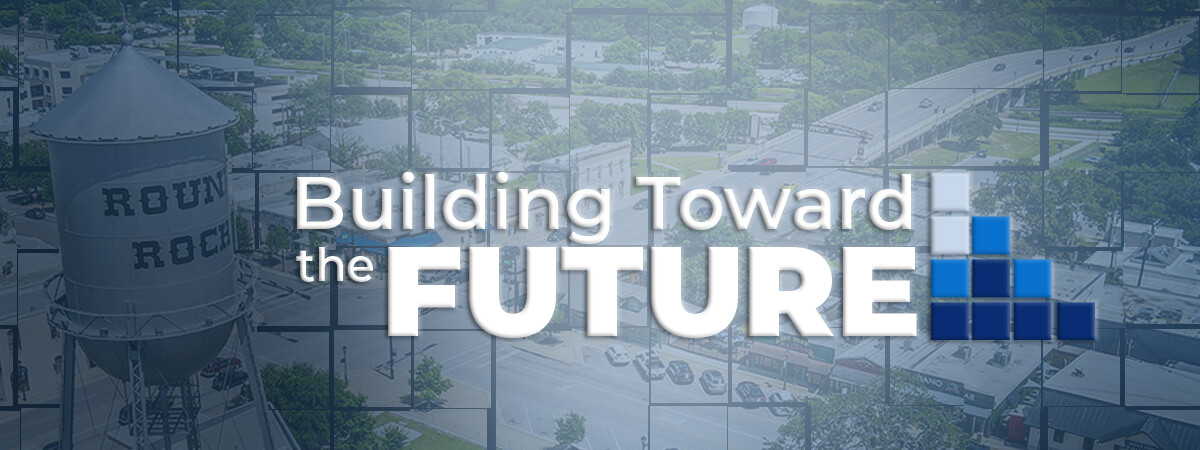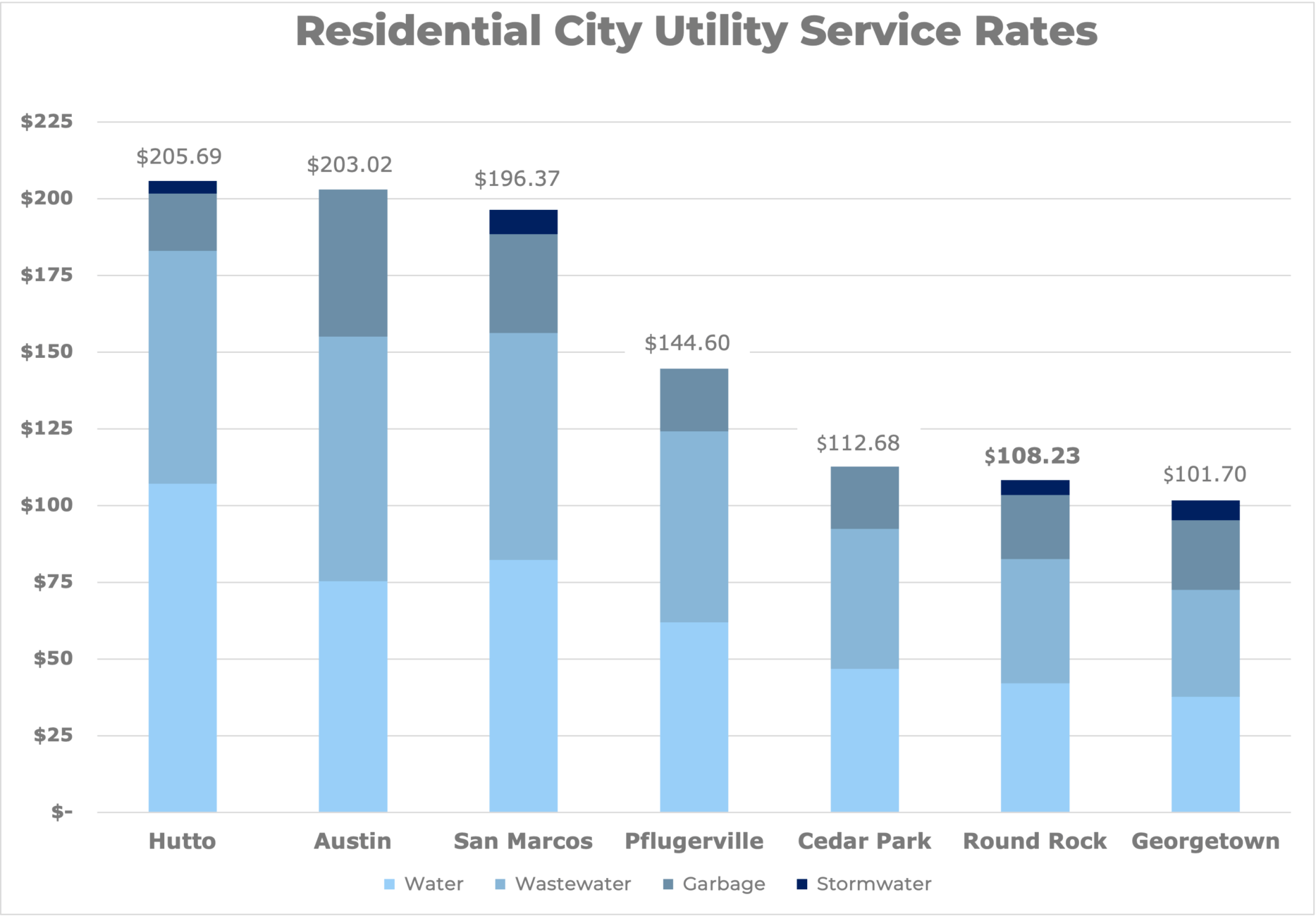Note: This is the second in a series of blog posts about the proposed fiscal year 2022 budget and tax rate.

For proof the fiscal year 2022 budget is Building Toward the Future, look no further than the investment in infrastructure. As Round Rock’s population continues to grow, investing in the building blocks of our community is critical to maintaining quality of life.
It doesn’t come cheap. Nearly half of the proposed $525.4 million budget is going toward community investment projects. Here’s a breakdown:
- Transportation — $132.7 million
- Water and Wastewater — $87.5 million
- Parks and Recreation — $11.5 million
- Library — $9.1 million
- General Services — $4.8 million
- Stormwater — $4.8 million
The annual funding for new roads is a record, which reflects the City’s commitment to Driving Progress, a 5-year, $240 million program to improve traffic flow. The program is funded through a mix of revenues, including $30 million in recently issued debt that will add a penny to the property tax rate in FY 22. (We’ll have a full breakdown on the property tax proposal next week, but a one-cent increase equals an extra $2 per month.)
Maintaining and expanding the water and wastewater utility is critical to providing one of the City’s most basic services. It’s hard to live without water and we sure don’t want to imagine life without wastewater service. Round Rock has long had one of the most reliable water utilities in the state – remember when we DIDN’T have to issue a boil water notice like most cities during the February freeze? – and has been able to deliver those services with one of the lowest rates in the region.

The good news for FY 22 is that no utility rate increases are included in the budget proposal. That’s due in part to the City using American Rescue Plan Act (ARPA) funds to pay for $10.7 million toward stormwater improvement capital projects over the next five years. That funding source means a planned rate increase for the stormwater utility – which customers pay through their water bills – is off the table this year.



